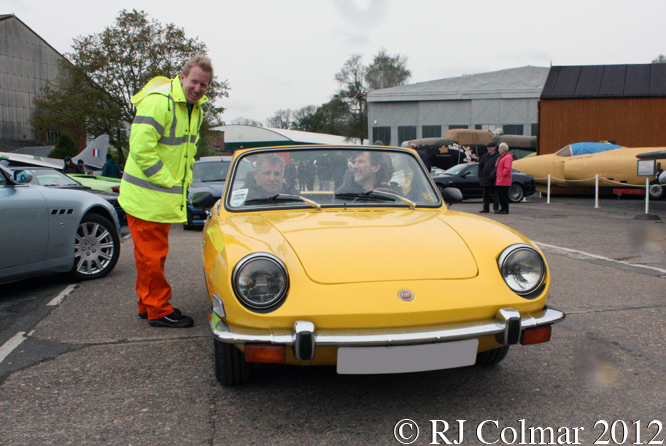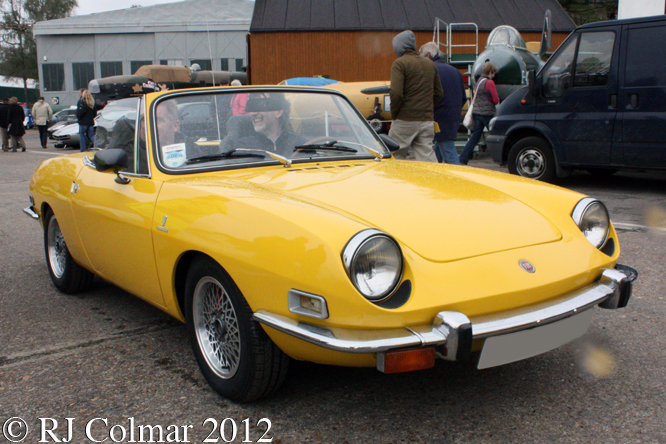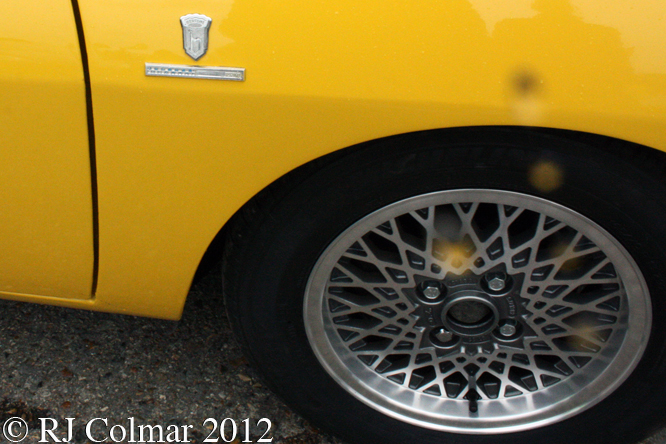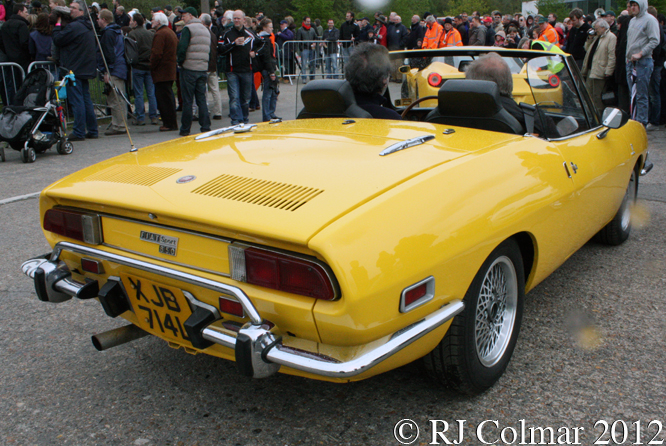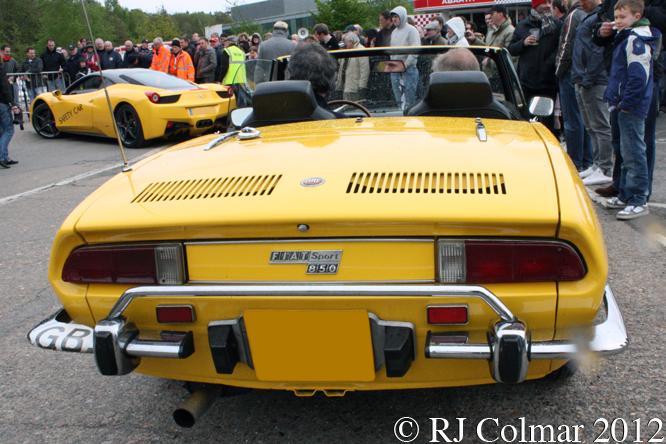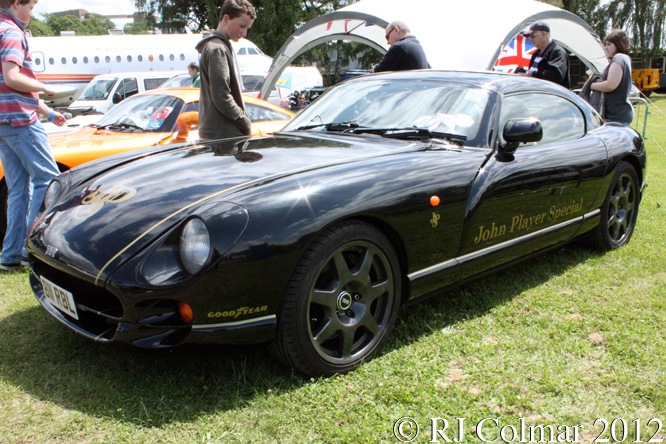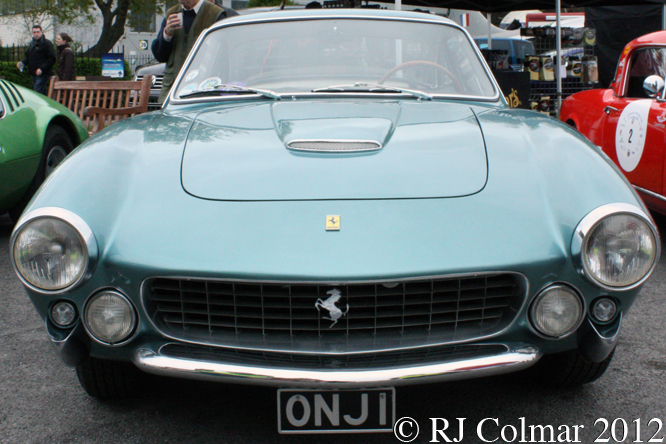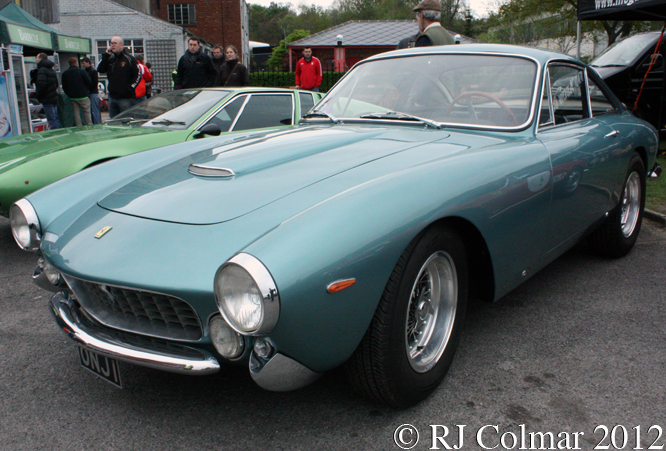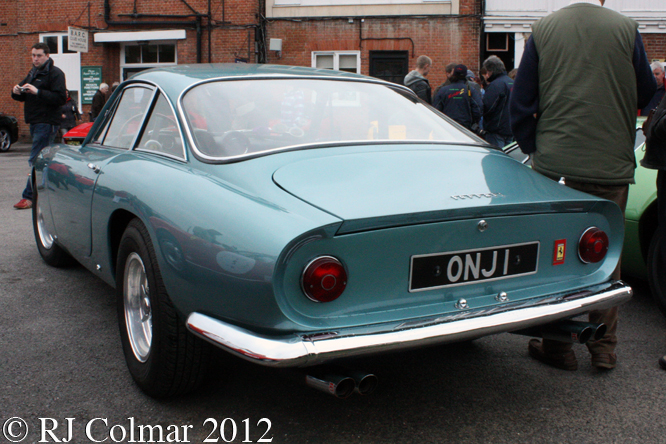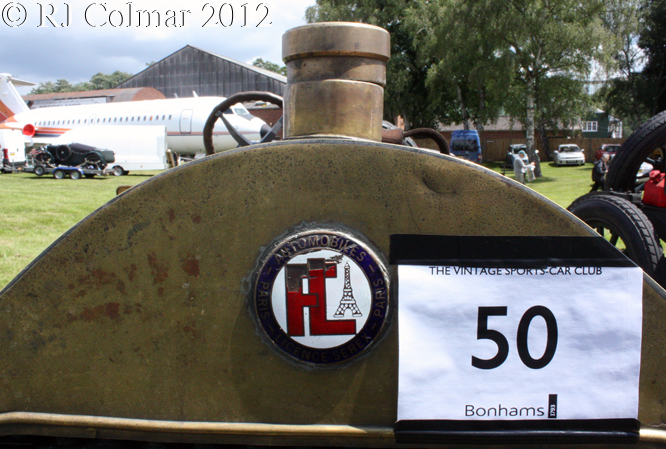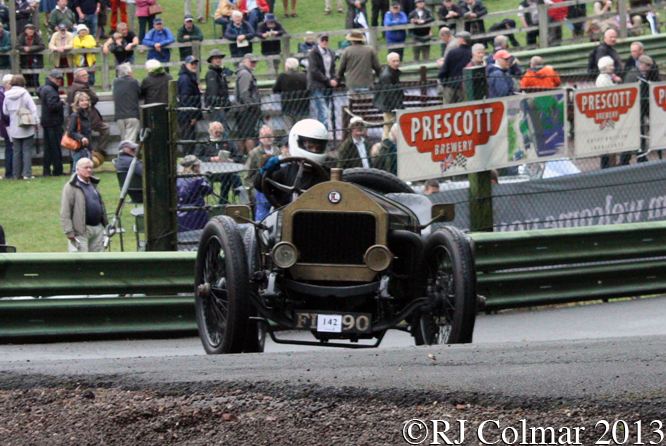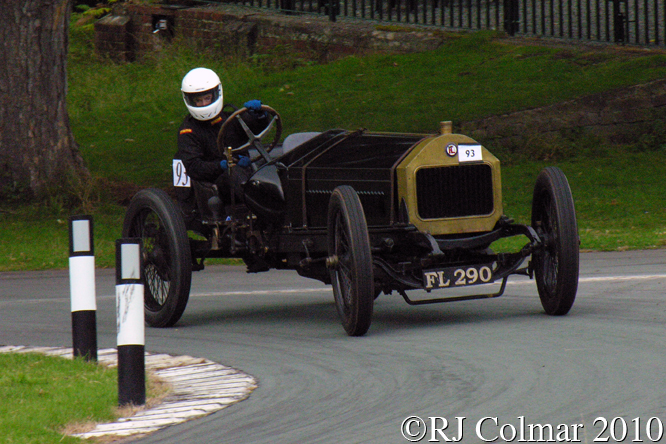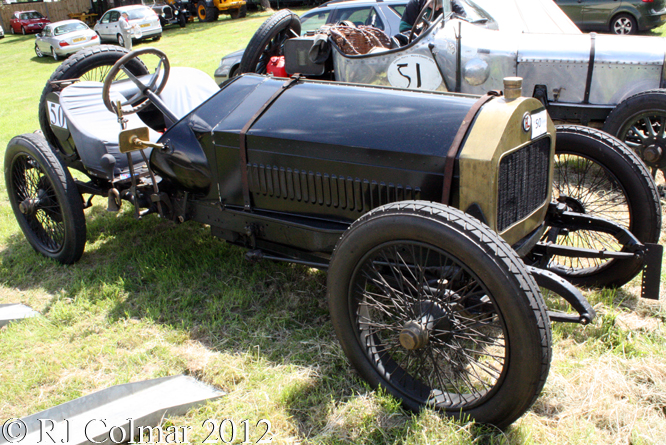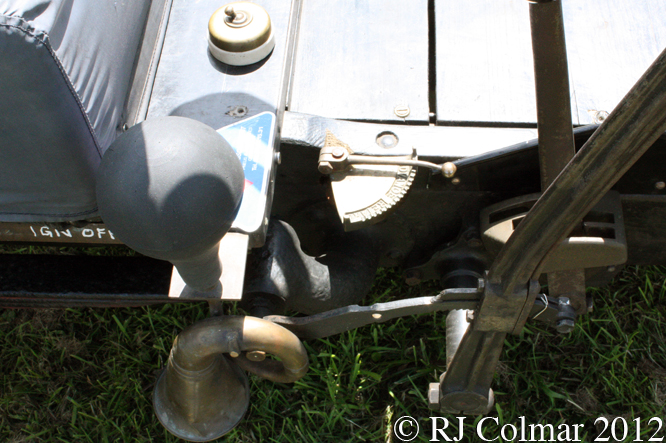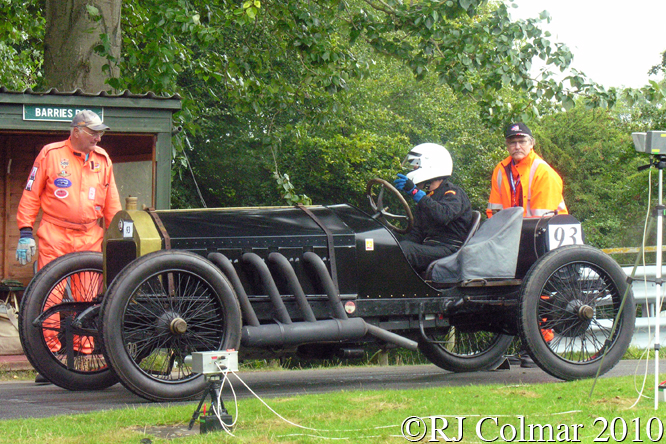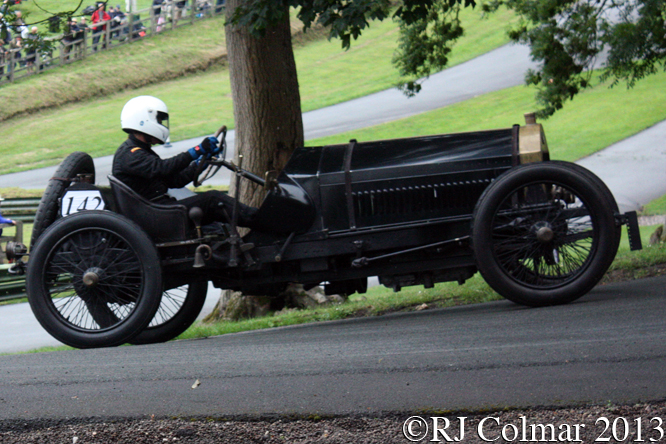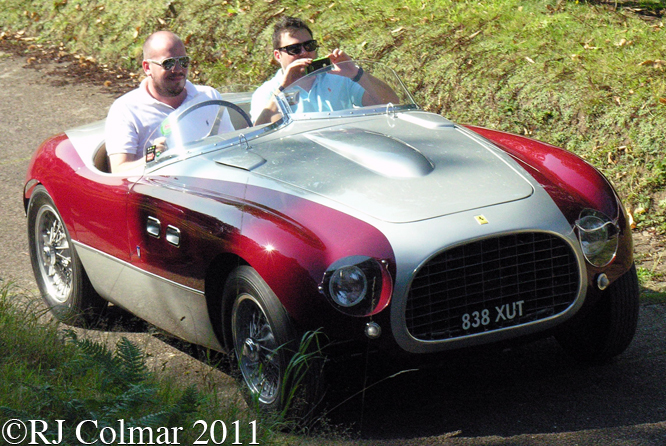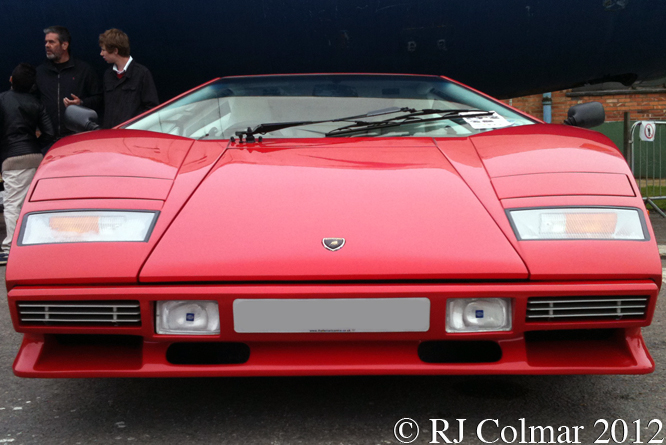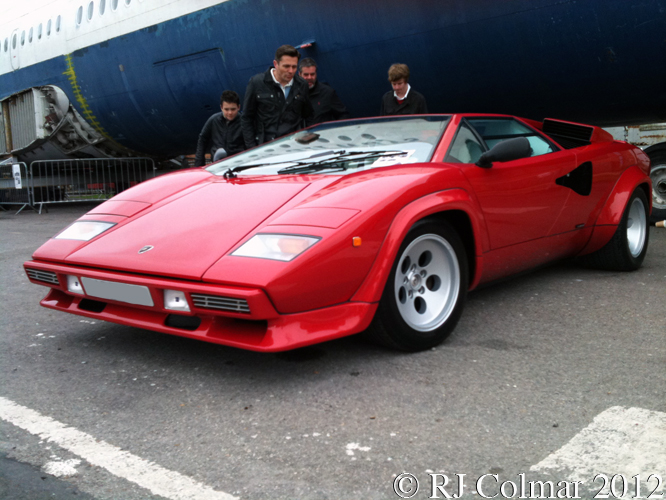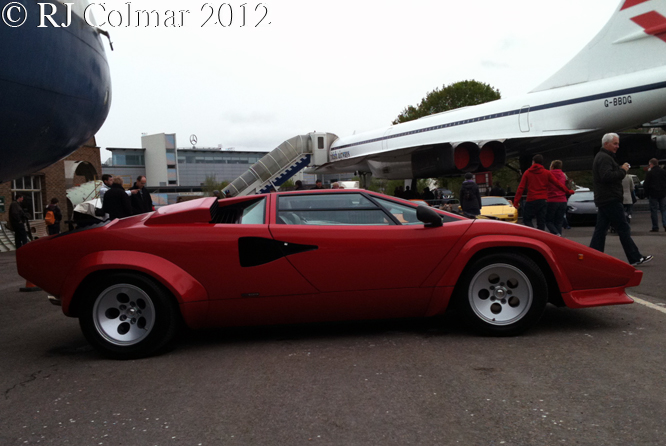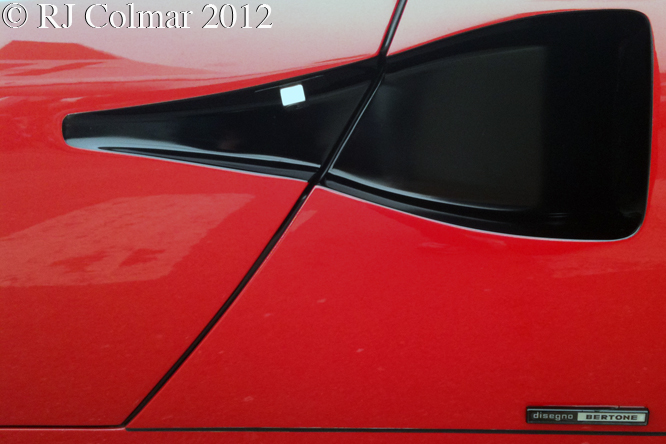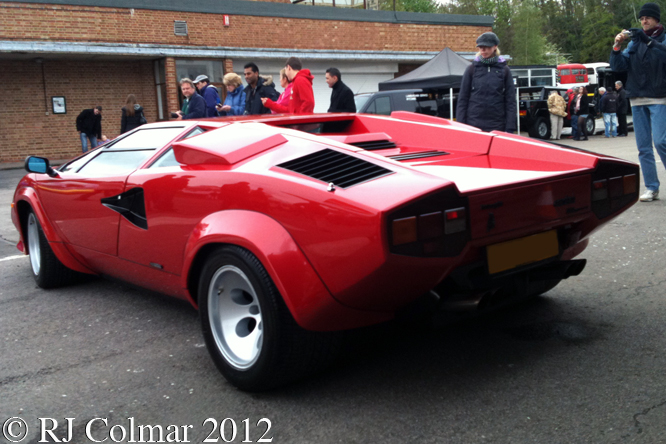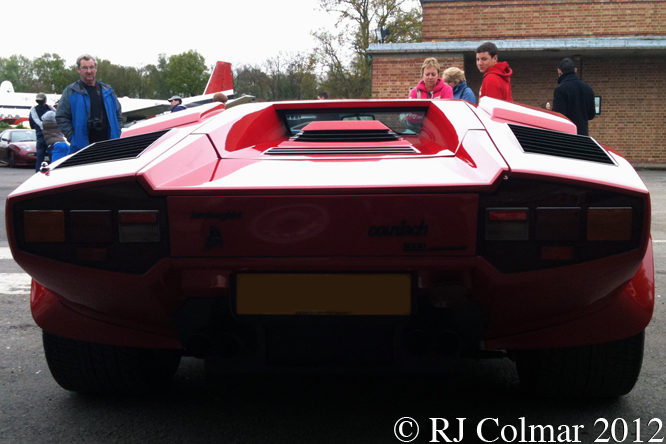This months continental Tuesday blogs will feature 4 Veteran cars, defined by the Veteran Car Club of Great Britain (VCC) as being built up to and including December 1904.
There is no doubt that the first self propelled vehicles to use public highways were powered by external combustion, steam, engines, the earliest such vehicle was built by Frenchman Nicolas Cugnot in 1770 to pull heavy artillery, unfortunately Cugnot had not got the weight distribution sufficiently sorted to steer the vehicle with any degree of accuracy so it never went into production.
There followed Scotsman William Murdoch, the pioneer of gas lighting, who built and demonstrated two fully working models of a three-wheeled locomotive with a single cylinder powered by a boiler fired by a spirit lamp around 1786. These models are thought to have influenced a design by his neighbour Richard Trevithick and partner Andrew Vivian who patented their own steam coach in 1802.
Walter Hancock is then said to have built 10 variously successful steam cars before 1810. A steam coach by Goldsworthy Gurney (later Sir) carried passengers on the London to Bath Road in 1827, later still Walter Hancock built an Omnibus named “Enterprise” in 1833 which ran between the Paddington and Bank railway stations in London.
It is believed that Karl Friedrich Benz started thinking about a self propelled vehicle with an internal combustion engine while studying engineering at the University of Karlsruhe which he attended in 1860 and from which he graduated 1864 aged just 19.
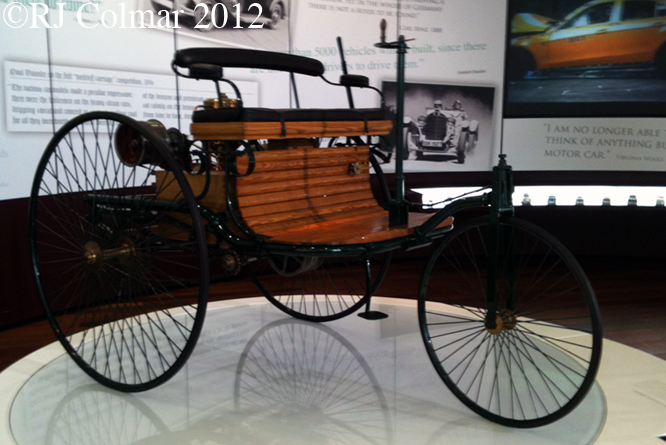
His post graduate professional training included working as a mechanical engineer, a draftsman and designer in a scales factory, working for a bridge building company and cast iron construction company.
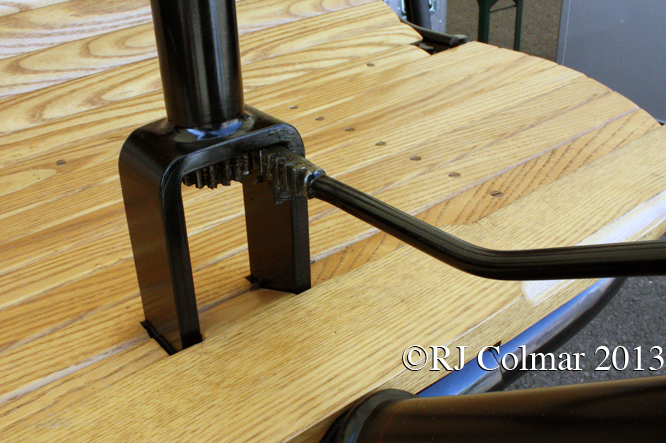
In 1871 Benz founded an iron foundry and mechanical workshop with August Ritter a year later Karl’s fiancée Bertha Ringer bought out Ritter, who proved to be unreliable, with her dowry.
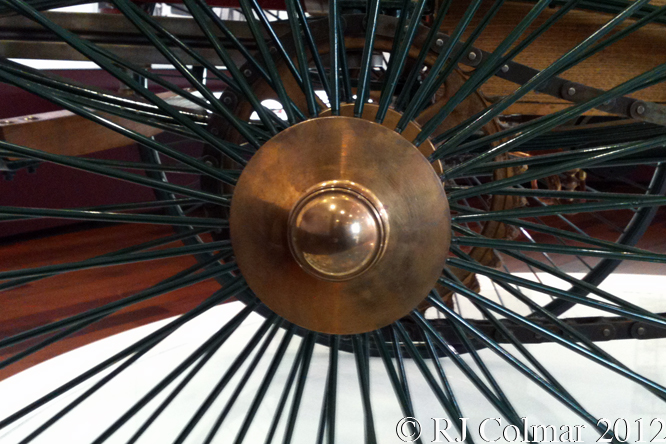
From 1878 Benz focused his attentions on new patents which included; a 2 stroke petrol motor, throttle, carburettor, ignition using spark plugs (separately patented) and battery, clutch, gearshift and water radiator. Benz was forced by his banking partners to turn his company into the joint stock Gasmotoren Fabrik Mannheim in 1882 which he left in 1883 due to the diminution of his standing as owner of just 5% of the new companies shares.
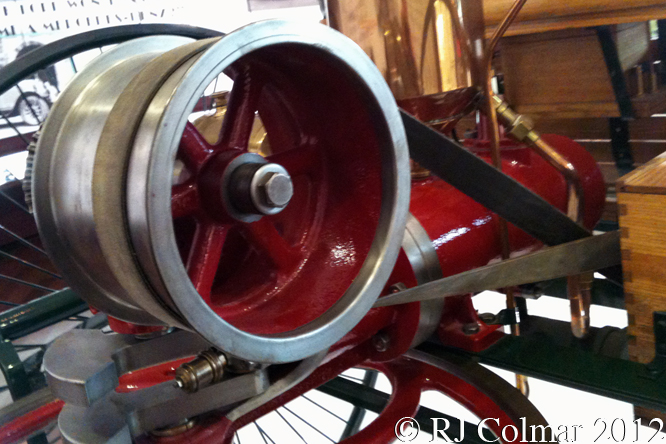
The following year Benz went into partnership with Max Rose and Friedrich Wilhelm Eßlinger the owners of a bicycle repair shop to form Benz & Company Rheinische Gasmotoren-Fabrik which produced static petrol motors.
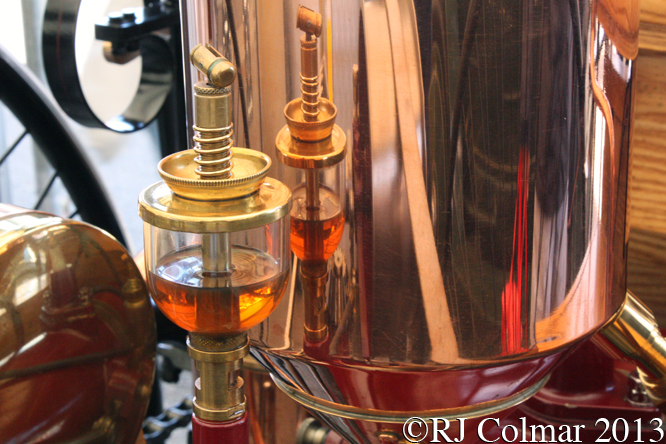
This successful venture gave Benz time to devise the Benz Patent Motorwagen, with tiller steering, a four stroke petrol motor, coil ignition and evaporative cooling and wooden blocks for brakes, acting on the rear axle, by the end of 1885, the following November it too was granted a patent making Karl Benz the inventor of the first internal combustion powered automobile.
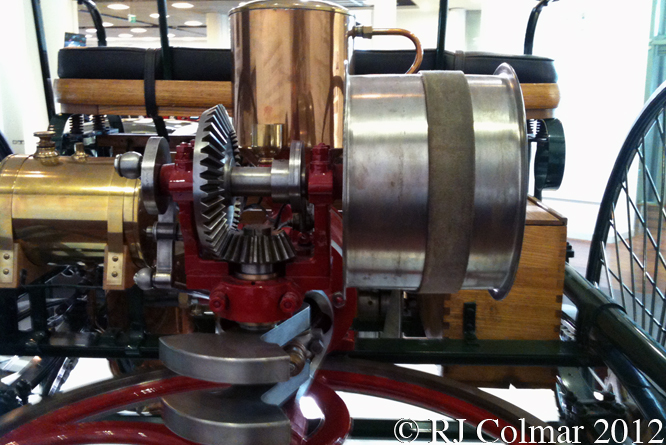
After tests in public, which included accidentally crashing into a wall thanks to the tricky steering, improved second and third versions were built in 1887 which featured various improvements including a carburetor on the second and wooden wheels on the third.
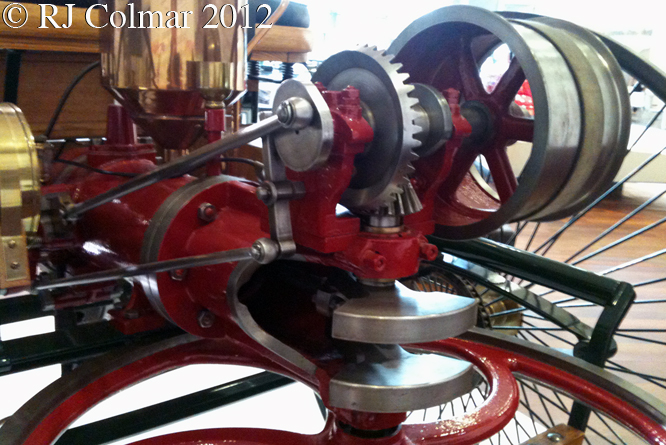
Bertha Benz took the third vehicle for a 110 mile spin with her sons to see her mother without her husband Karl, who invented and built the machine, even knowing about it in 1888. She stopped at a pharmacist to refuel with petrol which was sold primarily as cleaning fluid.
When the brakes began showing signs of wear Bertha asked a cobbler to nail some leather to the friction surface of the brake blocks and in so doing invented the first brake pads.
Bertha’s journey highlighted the need for a second gear to get up the hills unaided, but demonstrated the viability of Karls design of which 25 examples are thought to have been built between 1888 and 1893.
Today’s featured car is a replica of the original design owned by Mercedes Benz and is often to be found at Mercedes Benz World, Brooklands.
Thanks for joining me on this “Visited Mother Invented Brake Pads” edition of “Gettin’ a li’l psycho on tyres” I hope you will join me again tomorrow. Don’t forget to come back now !
Brighton Speed Trials Under Threat of Permanent Cancellation !
In their infinite wisdom, Brighton & Hove City Council are seeking to ban the Brighton Speed Trials from 2014.
If you care about speed and or motorsport history, please sign this linked petition to save Brighton Speed Trials in 2014 and beyond.
It’s a faf to Register before signing, but relatively painless compared to loosing the event which has been run with few interruptions since 1905.
You do not need to be resident in Brighton or even the UK to sign.
More on Brighton Speed Trials on this link.
Thanks and please spread the word through whatever social media you have at your disposal.
